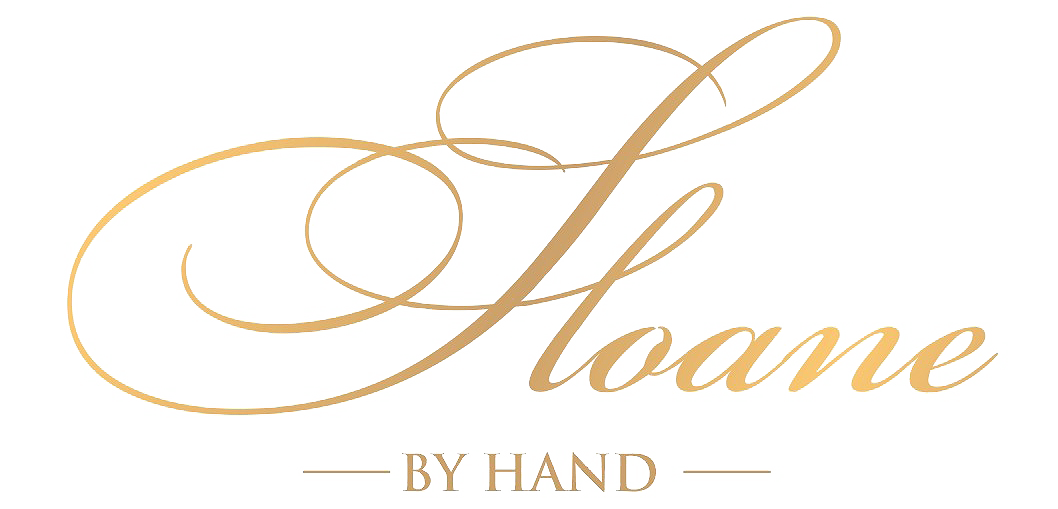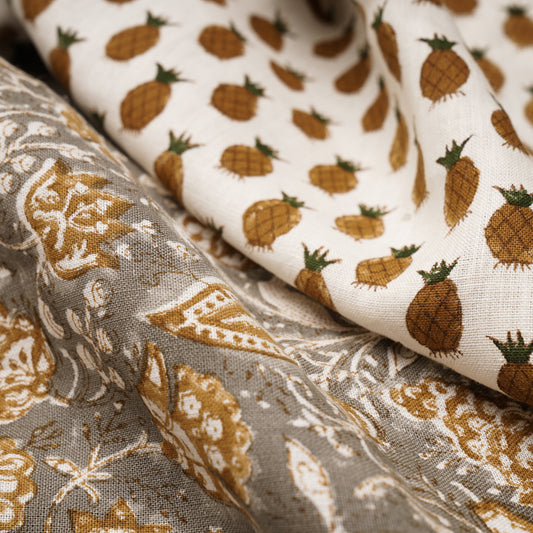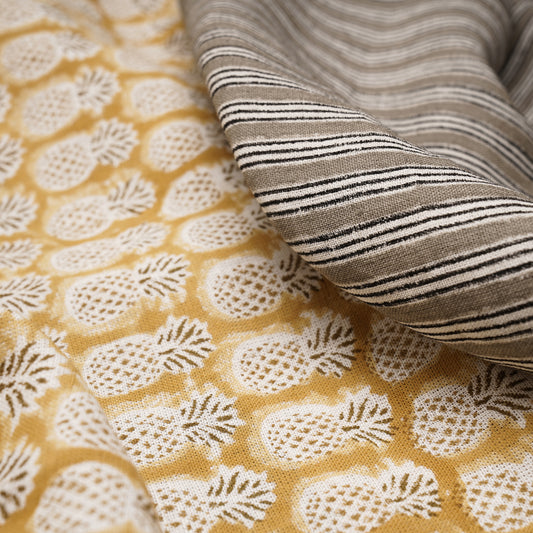How Geometric Shapes and Luxurious Materials Are Making a Comeback
Art Deco, the design style that emerged in the 1920s and 1930s, is experiencing a resurgence in modern interiors. Known for its bold geometric shapes, luxurious materials, and glamorous details, Art Deco has a timeless appeal that fits seamlessly into contemporary homes. Today, this iconic style is being reimagined with modern twists, creating spaces that blend classic elegance with fresh, updated elements. Here’s a look at how Art Deco is influencing modern interior design.
1. Geometric Patterns and Bold Shapes
At the heart of Art Deco design are geometric patterns and bold, angular shapes. From zigzags to chevrons, these patterns are now being used in wallpapers, textiles, and even flooring. In modern homes, these shapes are often simplified or incorporated subtly into décor, allowing them to complement contemporary minimalism. Hexagonal tiles, geometric mirrors, and patterned rugs are some of the ways Art Deco’s bold shapes are being brought into modern interiors, adding visual interest without overwhelming the space.
2. Luxurious Materials
Art Deco design is synonymous with luxury. In the 1920s, it embraced opulent materials like marble, brass, velvet, and lacquer. Today, these materials are making a strong comeback in modern interiors. Marble countertops, brass light fixtures, and velvet sofas evoke the glamour of the Art Deco era, while still feeling fresh and current. In particular, brass and gold accents are being used to add warmth and sophistication to rooms, creating a sense of understated luxury.
3. Statement Lighting
Lighting is a key element in any Art Deco-inspired interior. The original Art Deco style favored dramatic, statement lighting with bold shapes and intricate details. In modern homes, this translates to chandeliers, pendant lights, and sconces that combine geometric forms with sleek finishes. Statement lighting fixtures, often with brass or glass elements, are used as focal points in living rooms, dining areas, and entryways, helping to create a sense of grandeur and elegance.
4. Sleek and Shiny Surfaces
Glossy, polished surfaces are another hallmark of Art Deco design. Lacquered furniture, mirrored accents, and shiny metals reflect light and add a sense of luxury to any room. In modern interiors, sleek surfaces are often combined with more matte finishes to create contrast and balance. For example, a mirrored coffee table might be paired with a matte velvet sofa, balancing the glamour of Art Deco with the simplicity of contemporary design.
5. Glamorous Color Palettes
Art Deco color schemes typically featured deep, rich hues such as emerald green, navy blue, and burgundy, often paired with metallic accents like gold and silver. In today’s interiors, these color palettes are being updated with softer tones and more muted hues. While deep, luxurious colors are still used to create drama, they are often balanced with neutral backgrounds like soft greys or whites to keep the look fresh and modern.
6. Curved Furniture
In addition to bold geometric shapes, Art Deco is also known for its use of curves, particularly in furniture design. Curved sofas, armchairs, and ottomans are making a comeback in modern interiors, adding a sense of fluidity and softness to the bold lines and angular shapes typical of the Art Deco style. These curvaceous pieces provide a comfortable and inviting contrast to the sharp edges of geometric patterns.
7. Artistic Expression
True to its name, Art Deco often incorporated artistic elements, including sculptures, wall art, and decorative objects that emphasized beauty and craftsmanship. In modern interiors, this spirit of artistic expression is kept alive with carefully selected art pieces and decor that add personality and sophistication. Whether it’s abstract wall art or intricate sculptures, these touches bring a sense of creativity and individuality to a room.




